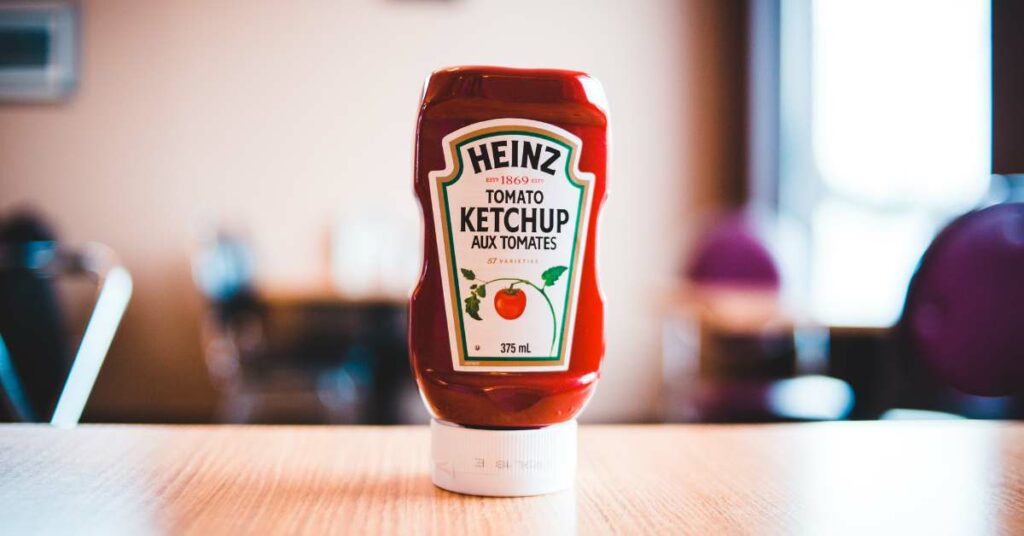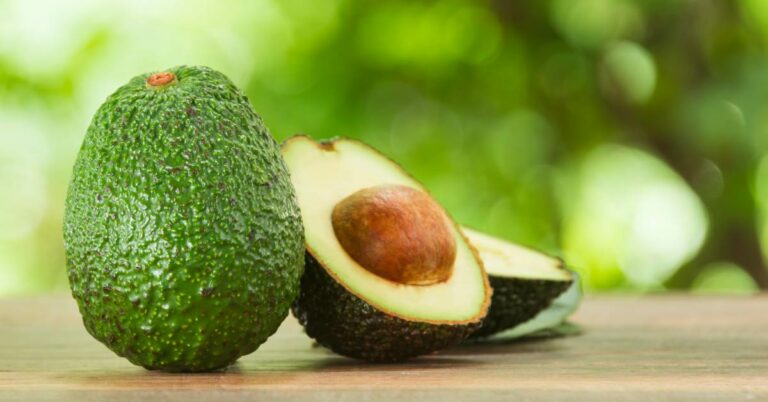Language, like the culinary world it describes, is a melting pot of stories and influences. One such term that tantalizes both the taste buds and curiosity is “ketchup.” With its roots stretching across continents and centuries, the origin and evolution of this beloved condiment offer a delectable glimpse into the interplay of culture, language, and cuisine.
Ancient Beginnings: The Far East’s Influence on “Ketchup”
The story of “ketchup” commences in the culinary traditions of Southeast Asia. The Hokkien Chinese word “kê-tsiap” referred to a sauce made from fermented fish, a staple condiment in the region. Traders and explorers introduced this savory delight to Western shores, and in doing so, planted the seed that would eventually sprout into the modern condiment we know today.
Transformation in the West: The Journey to Tomato Ketchup
The transition from fish-based sauces to tomato ketchup is a fascinating tale of adaptation and innovation. As tomatoes, originally from the Americas, reached European shores in the 17th century, creative cooks began experimenting with their flavors. In the United Kingdom, “ketchup” began to be linked to sauces made from tomatoes, melded with spices, vinegar, and sugar to create a tangy, versatile accompaniment.
The American Twist: Ketchup’s Evolution in the New World
Colonization brought the concept of ketchup to the American colonies, where it took on new dimensions. Various ingredients, from mushrooms to walnuts and even oysters, were combined with tomatoes to create distinctive American ketchups. The influence of the New World’s bounty was readily apparent in these flavorful variations.
Heinz and the Standardization of Ketchup
The 19th century heralded a significant change in the ketchup landscape with the advent of H.J. Heinz. Prior to his innovations, ketchup was often homemade and inconsistent. Heinz’s contribution lay in introducing a uniform, mass-produced version of tomato ketchup, transforming it into a pantry staple around the world. His innovation set the stage for ketchup’s modern ubiquity.
Global Taste: Ketchup’s Adaptations Across Cultures
While the tomato-based version is the most recognizable, “ketchup” took on diverse forms across the globe. In Indonesia and Malaysia, “kecap” refers to a soy-based sauce, while in Thailand, “nam chim” encompasses a variety of dipping sauces. South Korea’s sweeter rendition of ketchup reflects the way culinary concepts evolve in different contexts.
A Modern Marvel: Ketchup’s Timeless Appeal
Today, “ketchup” transcends borders and cuisines, finding a place on tables from Tokyo to New York and beyond. Its legacy stands as a testament to the way flavors and ideas are exchanged across cultures and generations. Whether accompanying fast-food favorites or inspiring gourmet creations, “ketchup” carries with it the essence of a global gastronomic journey.
In Conclusion: Savoring the Linguistic and Culinary Fusion
The etymology of “ketchup” is a feast for the curious, reflecting the intricate interplay of language, history, and palate. From its fishy origins to its role as a symbol of culinary innovation, “ketchup” embodies the timeless nature of food’s ability to connect us to our past, present, and the flavors that bridge cultures and continents. In exploring the word’s origins, we relish not only its taste but the rich tapestry of stories it weaves together.














